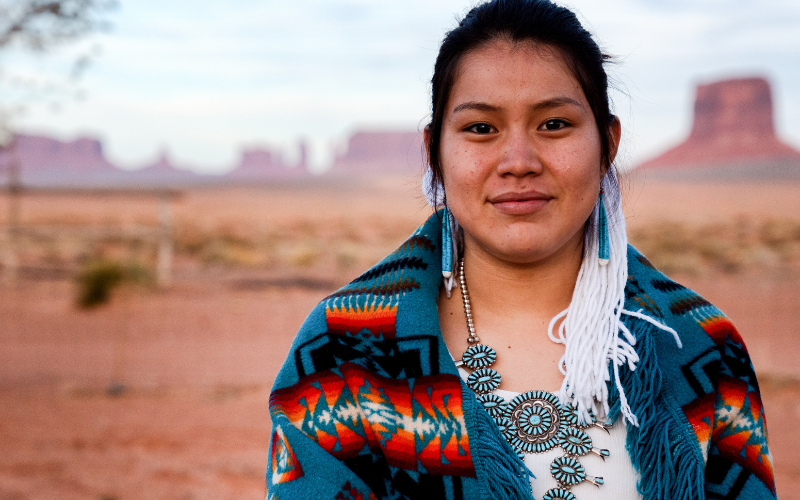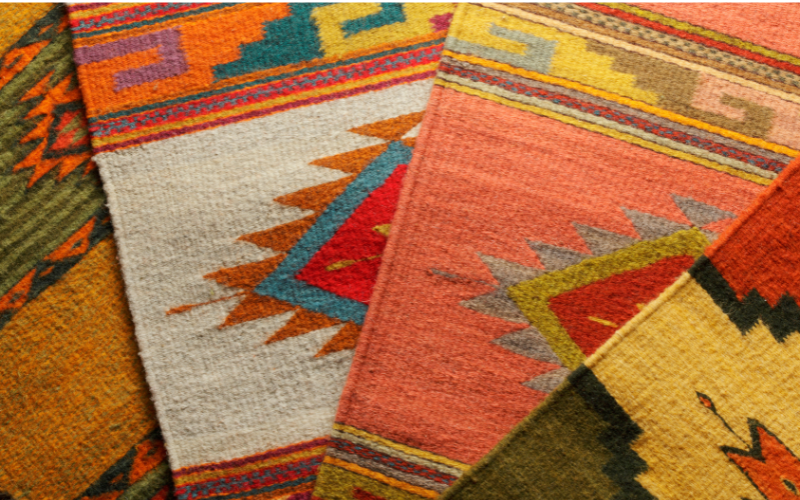“This is a human issue. It is everyone’s issue,” said Amanda Hayden.
Hayden, a Humanities professor at Sinclair, hosted “Not Your Indian Princess: Native American Women in Modern Life” on Nov. 9, 2022. Hayden created a presentation to inform attendees about the discrimination that Native American women have faced in the past and present. She does not simply share her research but instead give voice to Native American women by sharing their direct experiences.
In the past few years, the experiences of Native American women have become more mainstream, but this discrimination has history rooting back to centuries before. Since Europeans began immigrating to America, the presence and voices of Native Americans have been ignored and pushed aside. They were invisible in society and remain that way.
“Laws are framed by those who happen to be in power, and for the purpose of keeping them in power,” said Mary Brave Bird.
Although high school history class briefly touched on the colonization of Native Americans, this presentation will shed light on some of the true horrors that people in Native American culture, specifically women, experienced. These events are not all in the past, though as a lot of them are still occurring and threatening the safety of Native American women.
“I don’t want to be afraid. All over the news there are Native girls being hurt and abused. I feel afraid when I walk around. But I don’t want to be afraid,” said Imajyn Cardinal (Cree/Dene) Actress, “The Saver.”
Native American women have commonly been seen as property, rather than people, even in their own reservations. Media has also played a part in the misrepresentation of Native American women by consistently sexualizing and romanticizing them for decades.

According to Hayden’s research, 4 out of 5 Native American women have been assaulted, 86% of those assaults committed by non-native men.
Non-natives have played the largest part in discrimination and harm to the Native American culture, especially women. Halloween costumes and mascots have made the culture seem more like a costume. Businesses go on reservations to perform mining work, research development, and other jobs. During these visits, Native American women have been assaulted and taken.
Related articles: Seeking the Truth on the Treatment of Native Americans
Native American bodies being found near numerous former boarding schools, specifically in Canada, made this issue more widely spread for the first time. These boarding schools attempted to colonize Native Americans by changing their names to white, Christian names, banning them from practicing their religion or using their native language, and cutting off their long hair, which represents power. Many Native Americans died in these schools due to assault, illness, and neglect, but the survivors of these schools were not much better off.
“The survivors were so disconnected,” said Hayden. “They could not speak their language, which meant they couldn’t fit in with their own culture, but they also could not fit in anywhere else.”
Once these survivors left, they were too afraid to practice their own culture for two generations. In the past few years, there has been a revitalization of young Natives, but the adults that experienced this trauma or inherited generational trauma, are afraid to pass the culture down.
“They got their culture beaten out of them,” said Hayden.
Native Americans are still talked about as if they are only in the past, but that is inaccurate. They are the present and they are the future. Hayden intends to remind people that Native Americans are people and that they should not be dismissed and silenced any longer.
“Native American survivors of sexual assault fight for tribal sovereignty in order to end the rape of Indigenous women against the backdrop of an ongoing legacy of violent colonization,” said Sisters Rising.
Marissa Collier
Reporter


